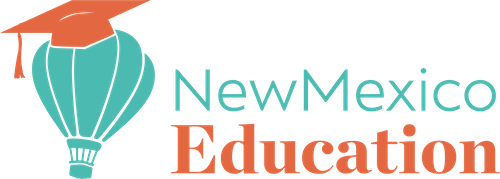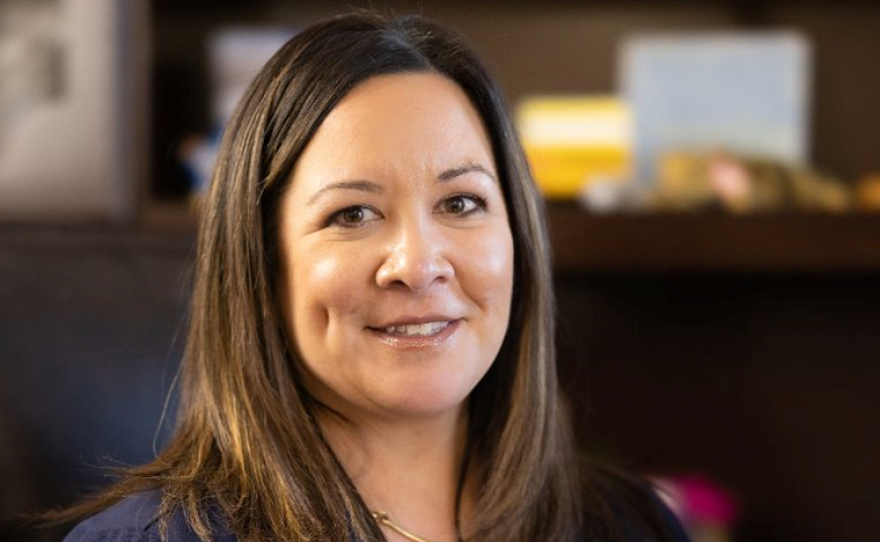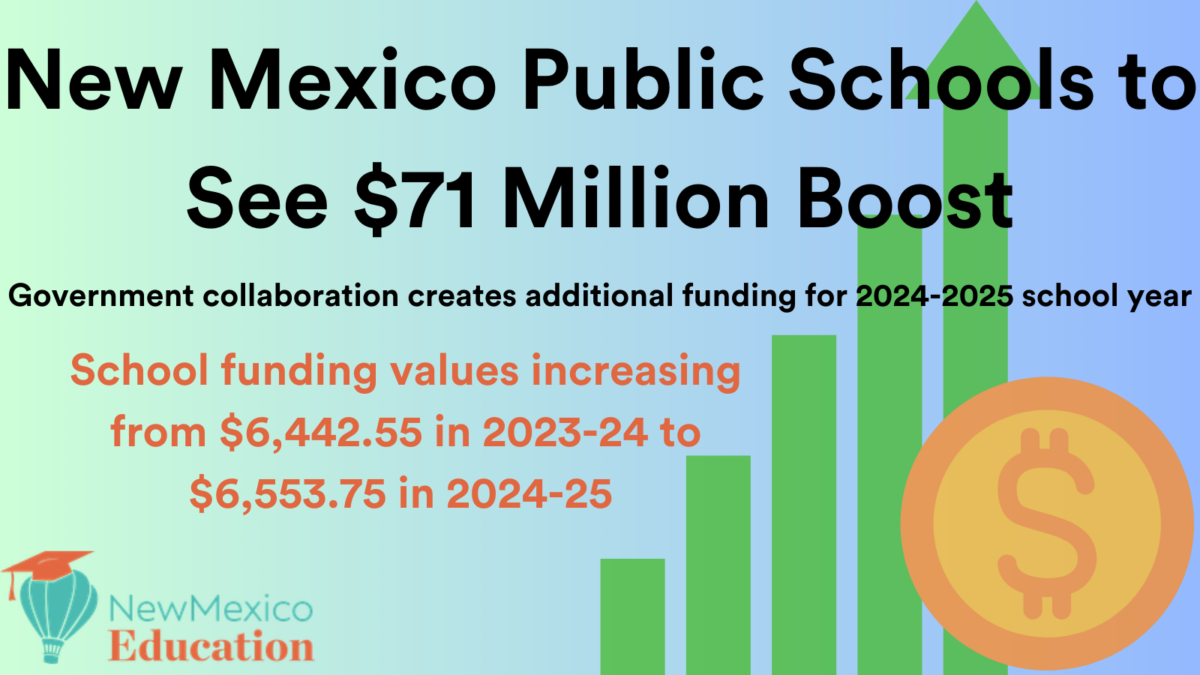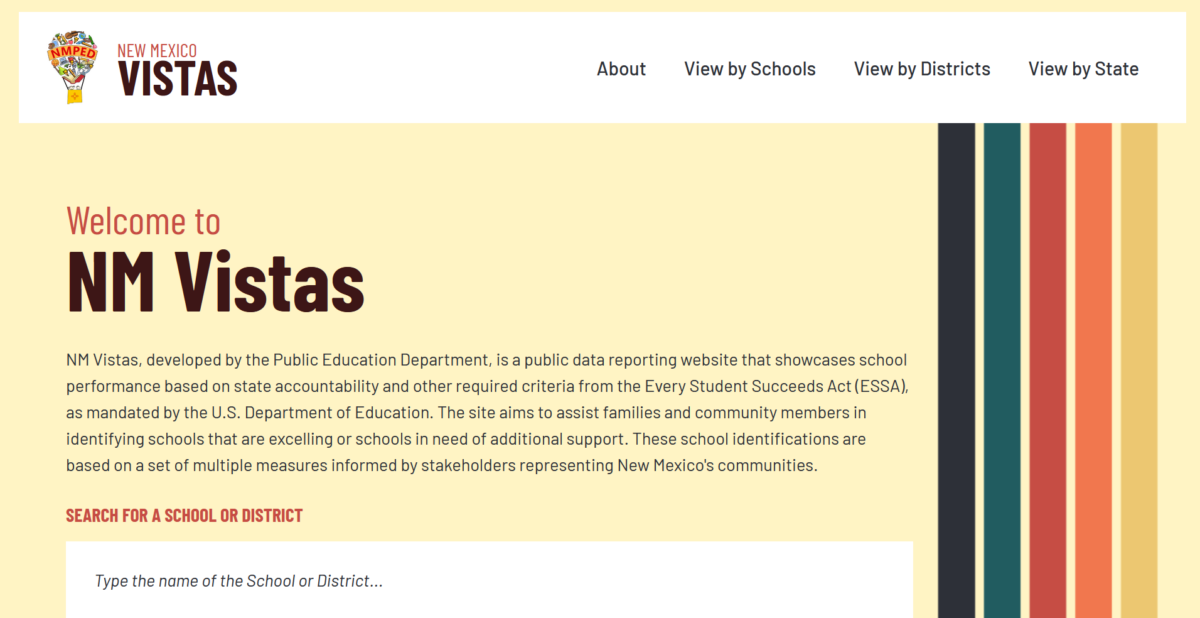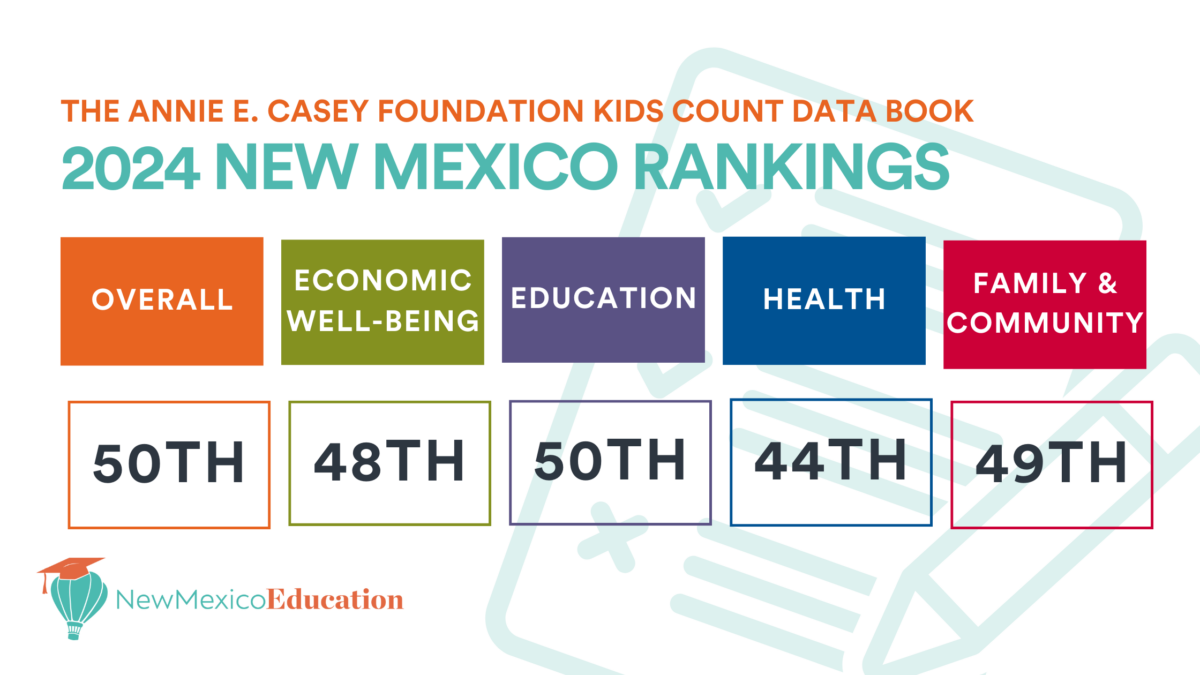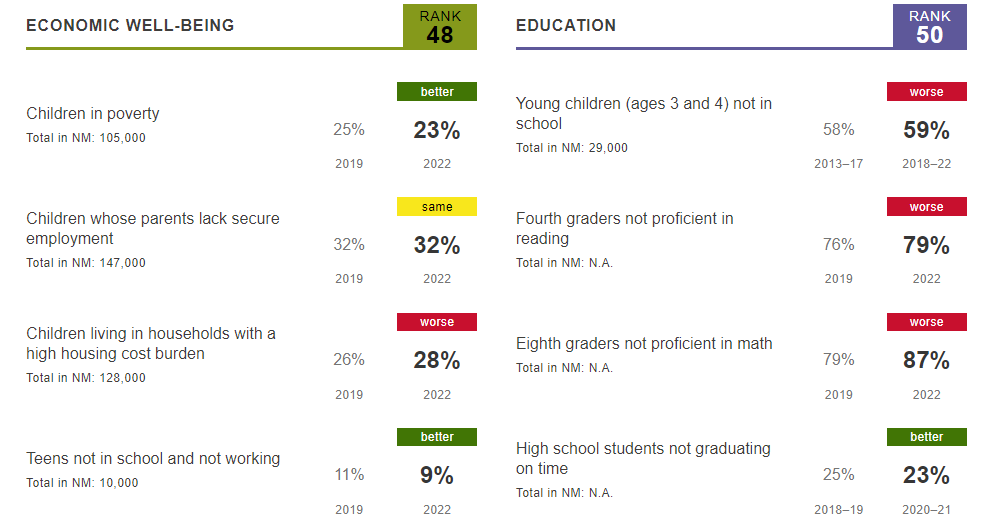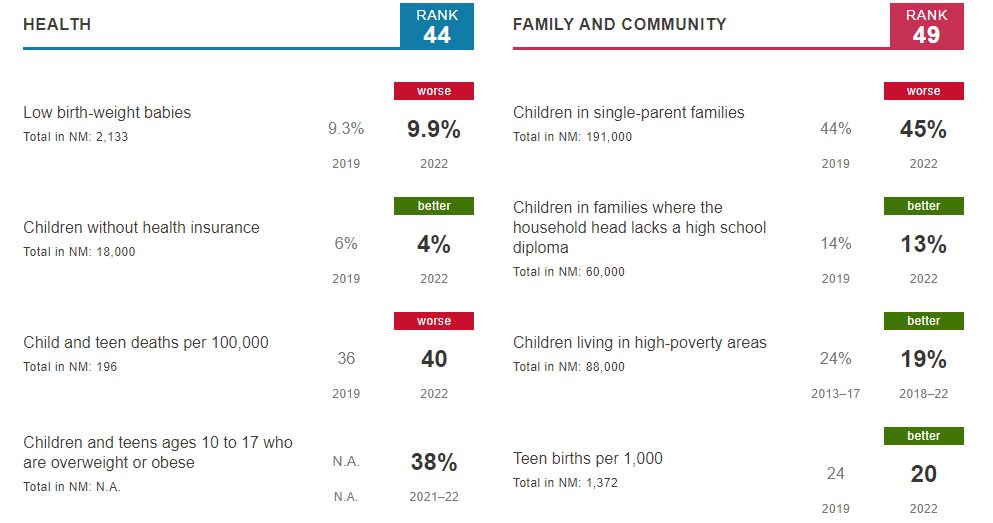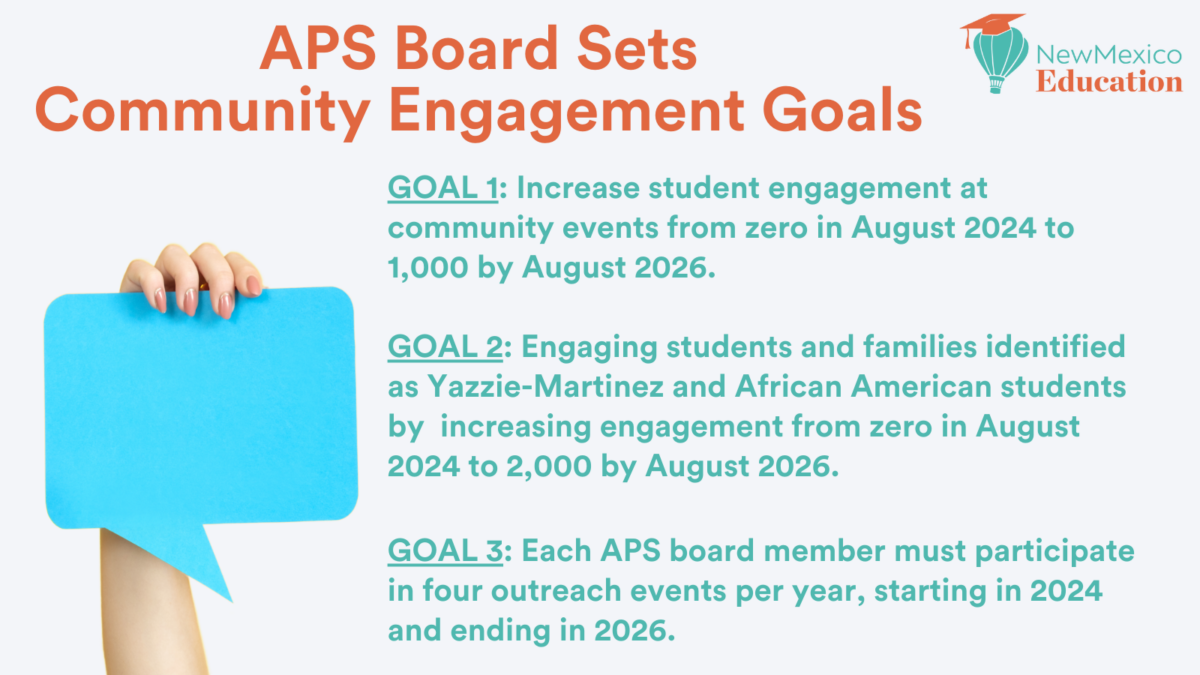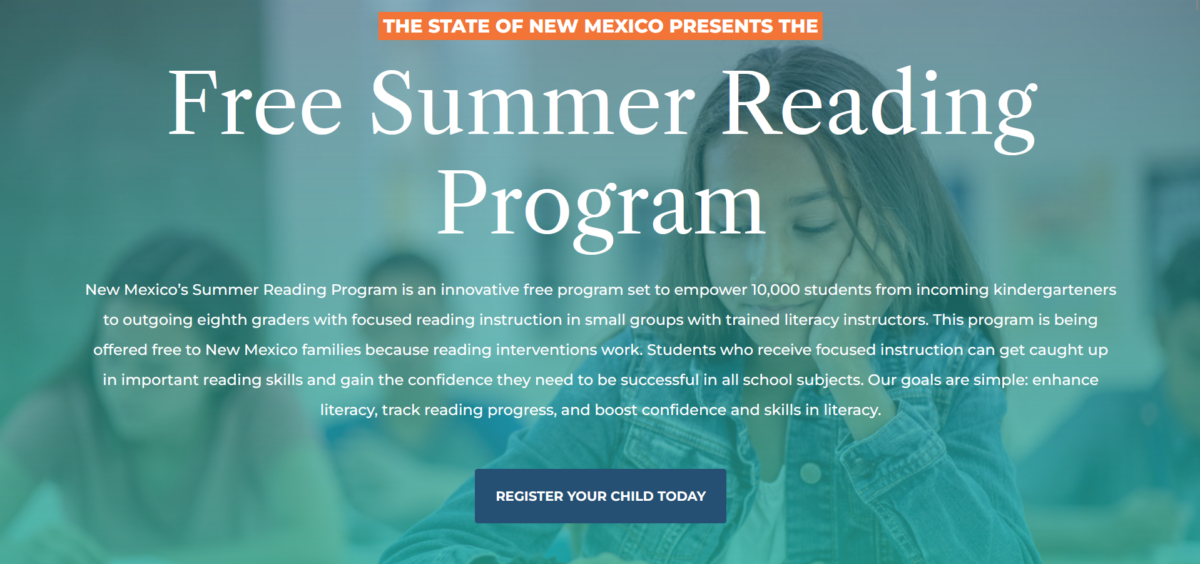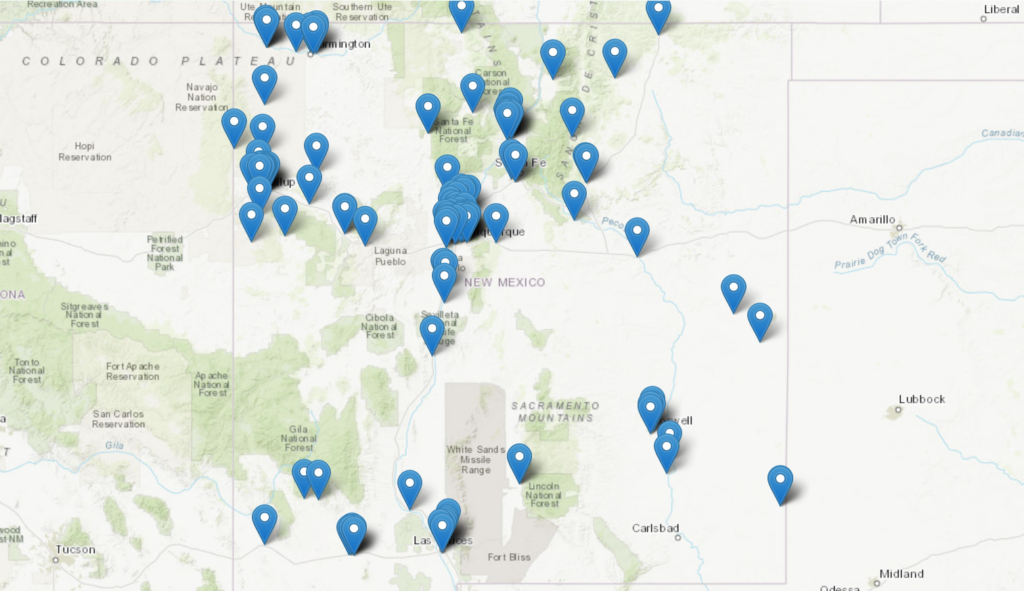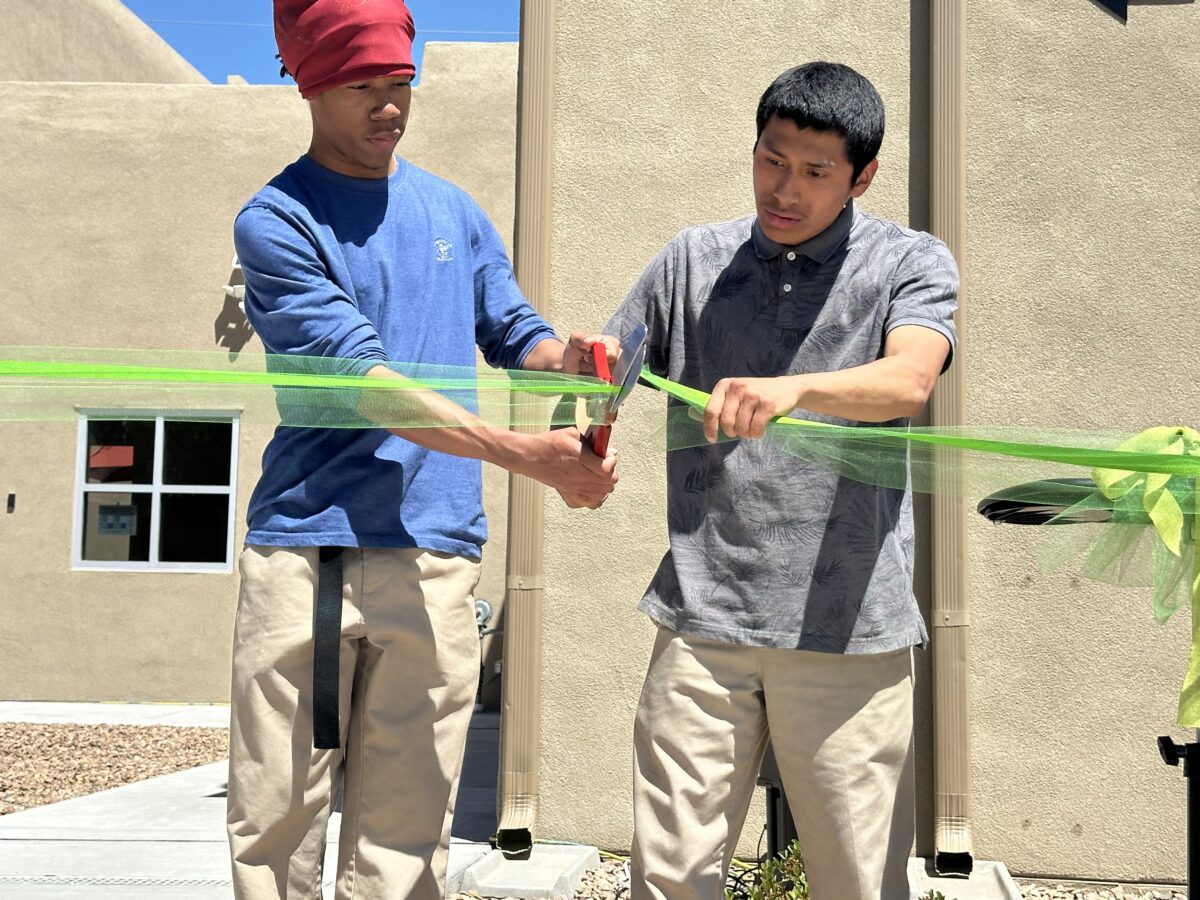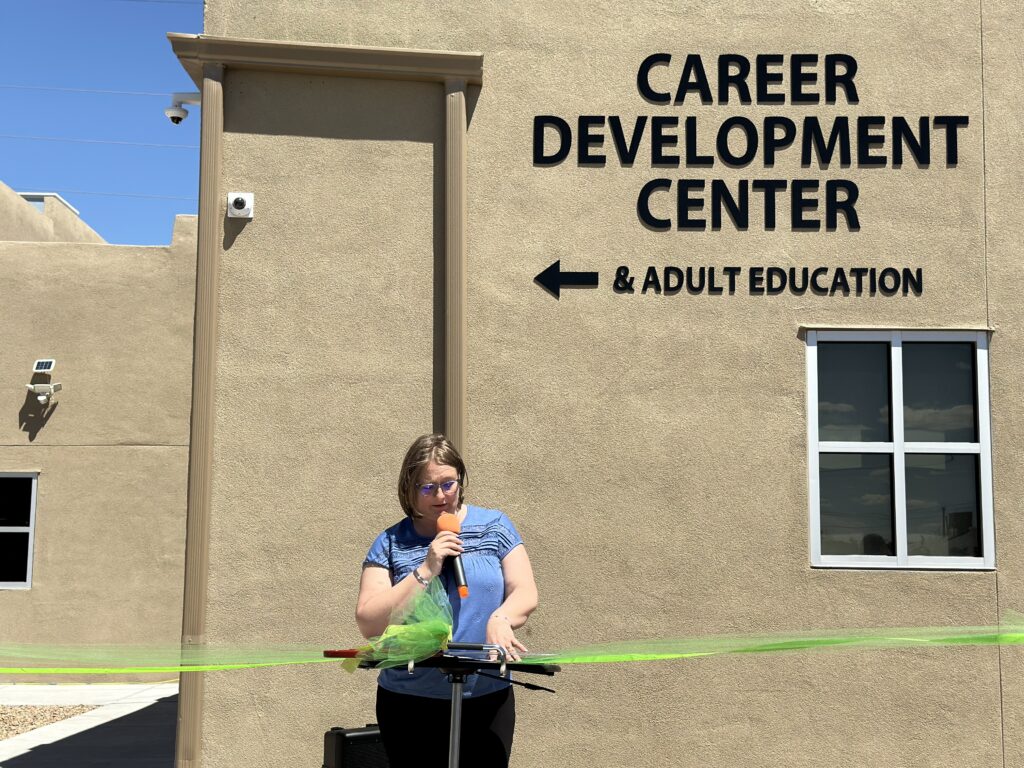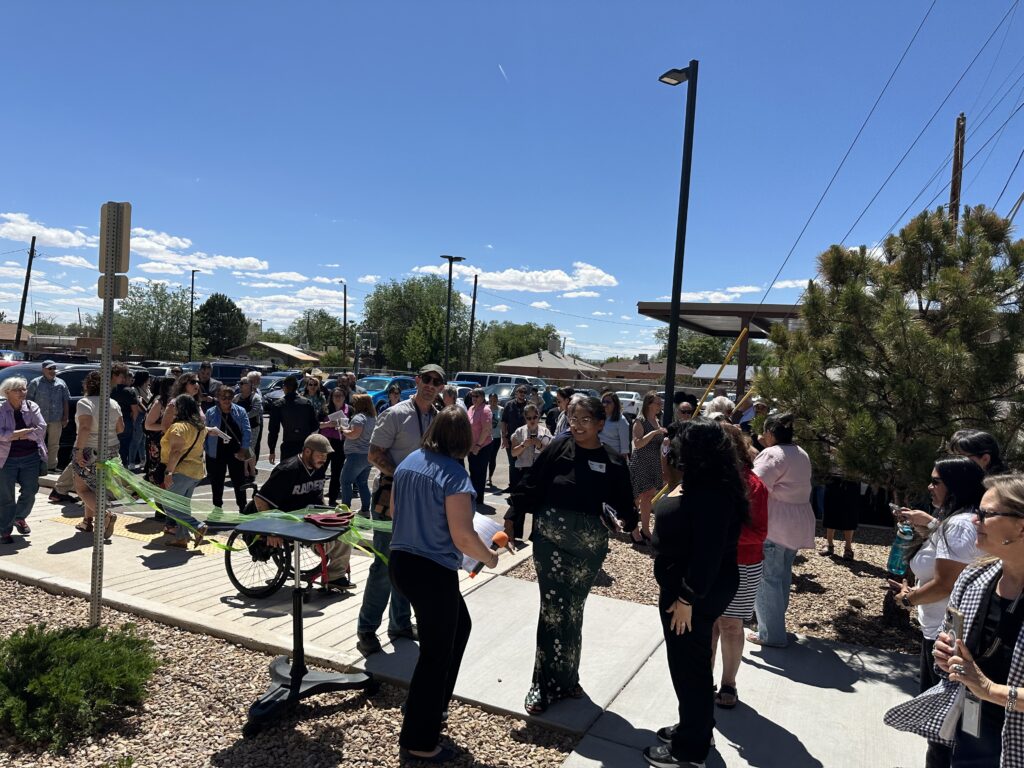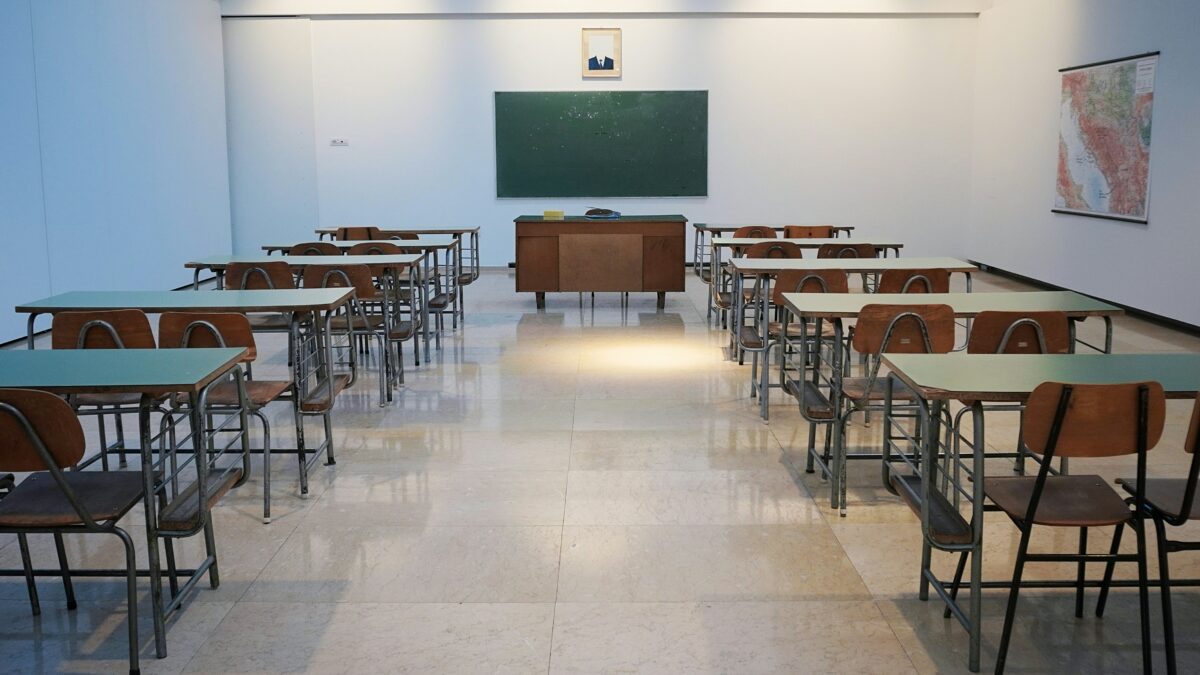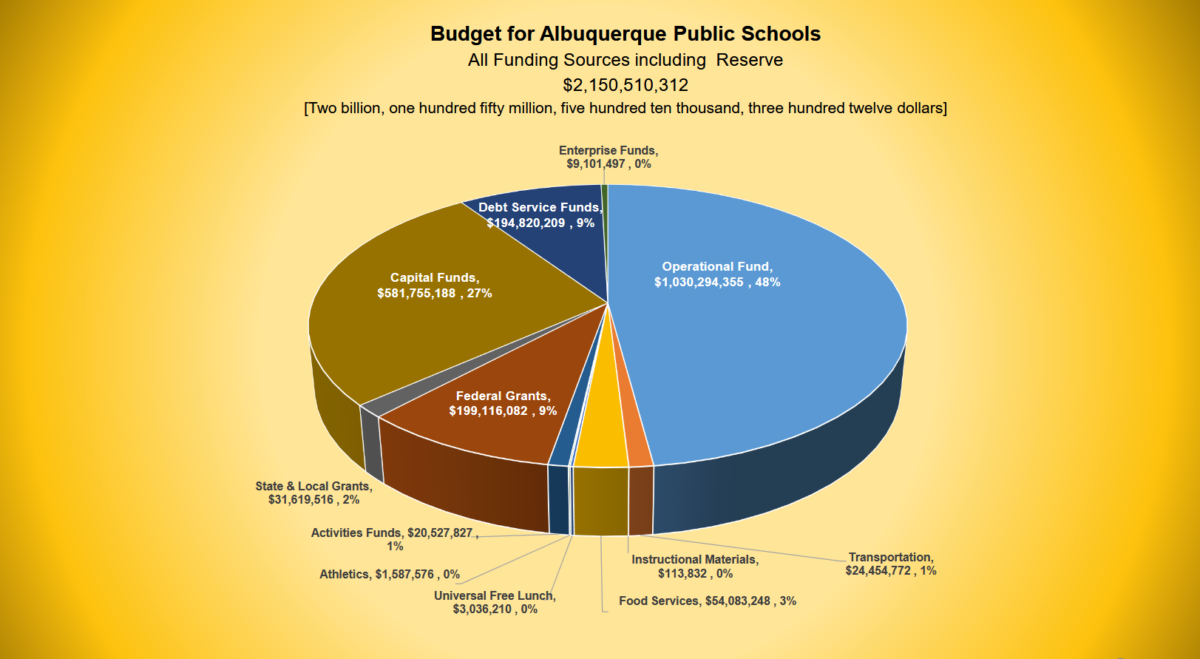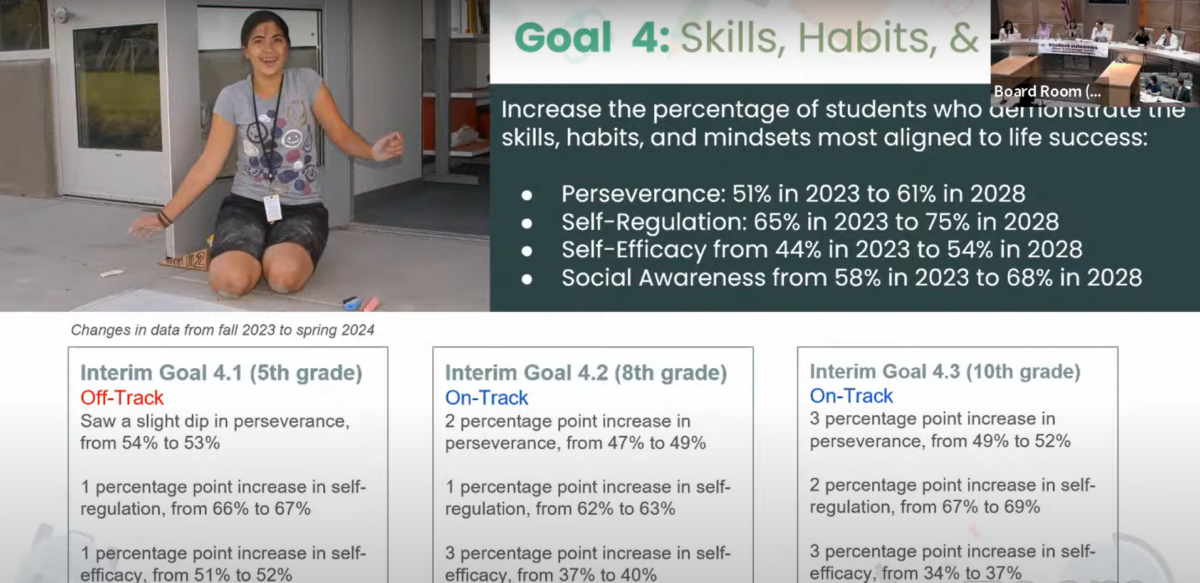New Superintendent Outlines her Vision for the Future of Albuquerque Public Schools
Today, Monday, July 1, Dr. Gabriella Duran Blakey officially takes the reins as Superintendent of Albuquerque Public Schools (APS).
With a career deeply rooted in education and a strong connection to the community, Blakey is poised to lead APS through a transformative period, focusing on student outcomes, equitable resource allocation, and community involvement.
In an interview with New Mexico Education, Blakey called herself a collaborative leader. She said her career has been dedicated to improving outcomes for children and fostering success across Albuquerque.
Growing up in Albuquerque’s Southeast Heights, she said, she was deeply influenced by her parents—her mother, a nurse, and her father, a longtime educator—who taught her the value of service to others.
Blakey has more than 20 years of experience at APS, starting as a social studies and English Language Learner teacher at Highland High and Albuquerque Evening School. She has since held various positions, including assistant principal, principal, and associate superintendent.
Her accomplishments include creating a school transformation model for underperforming schools, developing a school data scorecard that significantly improved key performance indicators, and leading professional development initiatives for 143 principals.
In addition to her work at APS, Dr. Blakey has served as assistant superintendent for curriculum and professional development at Santa Fe Public Schools, and founded Health Leadership High School, an Albuquerque charter school focused on project-based learning for underserved high school students. Dr. Blakey holds a Doctor of Education and a Master of Arts in Educational Leadership from the University of New Mexico, along with a Bachelor of Science in secondary education from New Mexico State University.
Blakey served as the Chief Operations Officer for Albuquerque Public Schools (APS) for the past three-and-a-half years, and has managed a wide array of functions, from transportation and school meals to APS Police and the maintenance of over 16 million square feet of facilities. Her work has included overseeing infrastructure improvements aimed at improving school safety, including the rebuilding of five schools and the construction of two transportation centers.
Blakey is also an accomplished violinist. She plays for the Symphony Orchestra of Albuquerque. She also serves on the boards of Explora Children’s Science Museum, United Way of Central New Mexico, and the Albuquerque Youth Symphony Program.
A roadmap for success
Blakey steps into the role as superintendent of the state’s largest school district at a critical time.
New Mexico was recently (and for the eighth time in a row) ranked last in education across the nation. According to the New Mexico Public Education Department, statewide, only 38 percent of New Mexico’s students can read at grade level; only 24 percent of students can do math at grade level.
As she takes the role, neither Blakey nor APS are shying away from the fact that only 40 percent of APS students can read at grade level and 25 percent of students can do math at grade level. These results, she said, are what drive Blakey to want better for Albuquerque’s students.
An early supporter of a new vision for APS, Blakey helped write the roadmap for success that the district is following. The Emerging Strong Strategic Plan is a document that was designed by a team of staffers at the district, and significant community engagement. It outlines the steps APS must take to improve student results, with benchmarks to keep the district on track with its major goals.
Blakey emphasized the importance of APS’s goals and guardrails, which were established through community input to ensure they reflect the values and priorities of Albuquerque residents. These goals include making strong improvements in early literacy, math proficiency, college and career readiness, and social-emotional learning.
“Early literacy, specifically third-grade reading, is our first goal,” Blakey said. “Research shows the importance of students learning to read by third grade, which sets the foundation for their future academic success.”
Math proficiency is another critical focus area, targeting eighth-grade students to ensure they are prepared for high school algebra, a key predictor of graduation rates. For high school students, APS is concentrating on college and career readiness through various programs, including dual-credit classes, career certifications, and the bilingual seal.
“Ultimately, our aim is to ensure that all students are ready for life after high school, whether that means higher education or entering the workforce,” Blakey said.
APS understands the importance of continuous learning throughout a student’s academic journey. Blakey said. “Learning doesn’t stop in third grade or eighth grade; it’s a lifelong process,” she said.
She said the district is committed to ensuring that education is not segmented into isolated milestones but rather a cohesive, ongoing experience that prepares students for the complexities of life beyond school.
Emphasizing Equity and Cultural Inclusivity
While APS has plans to improve student results, Blakey said the district recognizes that is only possible when students are all supported fairly.
Blakey said that she is committed to addressing the diverse needs of APS students, particularly those from historically underserved groups, including Native American and African American students.
APS Goals and Guardrails were created with the Yazzie-Martinez lawsuit in mind, which declared the state was failing to support its underserved groups of students.
“We need to ensure that resources are targeted to the right students and schools,” Blakey said. “This includes strengthening our community schools framework to address issues like chronic absenteeism and providing necessary support to students and families.”
Cultural inclusivity is a priority for Blakey. She advocates for valuing the assets that students from diverse backgrounds bring to the classroom, fostering an environment where all students feel proud of their heritage and capable of achieving success. She said that students perform better when they feel accepted in school, and that APS is working to make every student feel comfortable and like they belong in the classroom.
“Cultural inclusivity isn’t just about celebrating different cultures during special months; it’s about embedding respect and understanding into the fabric of our everyday curriculum and school activities,” Blakey said.
She described several initiatives APS has undertaken to promote cultural inclusivity, such as integrating multicultural perspectives into the curriculum, providing professional development for teachers on culturally responsive teaching practices, and creating programs that celebrate the diverse heritage of the student body.
In June, several APS teachers attended training to help them make their classrooms more open and accessible to students of all cultures; Blakey said she is working on ways to extend similar training to the entire APS staff.
Blakey said she believes that by recognizing and valuing the unique contributions of every culture, APS can create a more equitable and enriching educational experience for all students.
Fostering student well-being as populations shrink
With student mental health being a pressing concern nationwide, Blakey said she is focused on creating a supportive environment for APS students. She advocates for initiatives like student wellness rooms, increased access to school-based health centers, and partnerships with community organizations to provide behavioral health support.
“Mental health is as crucial as physical health,” she stressed. “We need to ensure that students feel safe and supported to succeed academically.”
Many school districts across the nation dedicated money from the Elementary and Secondary School Emergency Relief (ESSER) COVID-19 funding to hire emotional and mental health support for their students. Blakey said that APS used these funds “strategically” to lay the groundwork for programs and not rely solely on ESSER to fund mental health operations.
She said the district is actively seeking partnerships with local health organizations and exploring grants and other funding opportunities. “Our students’ mental well-being is a top priority, and we are dedicated to ensuring that these supports remain in place long after the ESSER funds are gone,” she said. By planning ahead and leveraging community resources, APS aims to sustain and even enhance its mental health services.
One of APS’ biggest challenges is declining enrollment and related budget constraints.
Enrollment figures have shown a persistent decrease from 85,336 students in FY16 to 66,321 in FY24, with projections estimating a further drop to 64,995 students in FY25. This decline has put considerable strain on the district’s budget. Blakey said she is committed to leveraging all available resources to ensure that APS can continue to provide quality education and support to its students.
“While we are dealing with a shrinking student population, we are focusing on long-term strategies to attract and retain families in Albuquerque,” she said. “This includes working closely with the community and finding innovative solutions for resource allocation.”
APS is focusing on “right-sizing” the district by consolidating underutilized facilities and redirecting funds towards enhancing academic programs and student services. This includes investing in technology and infrastructure to support modern learning environments and ensuring that resources are equitably distributed across the district.
“Our goal is to make APS the district of choice for families in Albuquerque by providing a supportive, inclusive, and academically rigorous environment,” she said. Through these steps, Blakey aims to not only manage the current decline but also lay the groundwork for future stability and growth.
A community-centered approach
Blakey’s leadership style is already being characterized by her recent on the ground site visits, listening to the community, and making data-driven decisions. She committed to continue these in-person efforts.
Since being appointed as interim superintendent, Blakey has been on a “listening tour” where she has visited schools across the district and listened to the needs and challenges of teachers, principals, and APS staff.
Blakey said she believes in the importance of community involvement in education and strives to create a collaborative environment where the voices of students, parents, teachers, and business leaders are heard and valued.
“I am dedicated to working closely with the community to ensure that we are meeting their needs and expectations,” she said. “By partnering with local organizations and stakeholders, we can create a stronger, more supportive environment for our students.”
Blakey expressed a strong desire to improve the local economy by fostering closer ties between APS and the business community. She said she envisions a symbiotic relationship where schools and businesses collaborate to benefit both students and the local economy. “By partnering with local businesses, we can provide students with tangible skills that directly translate to the workforce, while also supporting our community’s economic growth,” Blakey said.
Blakey said she aims to create more internship opportunities, vocational training programs, and career pathways that align with the needs of Albuquerque’s businesses. She said these initiatives not only help students gain practical experience and job readiness skills but also ensure that local businesses have access to a well-prepared workforce.
“We want our students to graduate with the skills, mindsets, and habits they need to be successful in life, and part of that success is being able to contribute meaningfully to their communities,” she said.
By integrating real-world experiences into the curriculum and fostering partnerships with business owners, Blakey said, APS can play a pivotal role in driving economic development. Her approach includes engaging with industry leaders to understand their workforce needs and tailoring educational programs to meet those demands.
This strategy aims to create a pipeline of skilled workers who are ready to contribute to Albuquerque’s economic vitality, ensuring that both students and the community thrive.
“We have a great plan in place with our Emerging Stronger Strategic Plan,” she said. “Now, it’s about execution and making sure we stay focused on our goals and guardrails. I am confident that, with the support of our dedicated staff and the community, we will achieve great things for our students.”
Dr. Gabriella Durán Blakey, the new Superintendent
